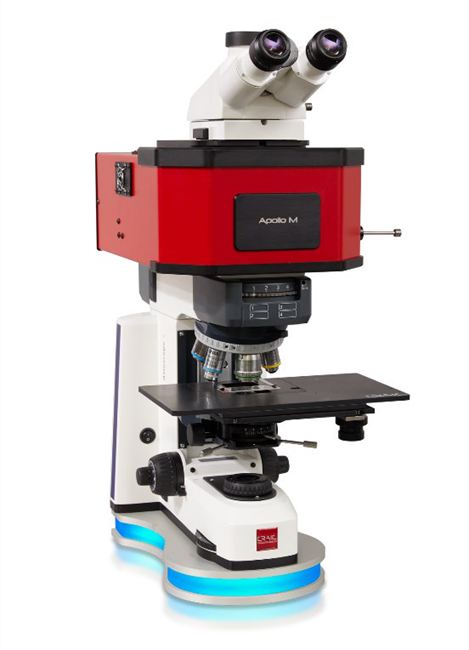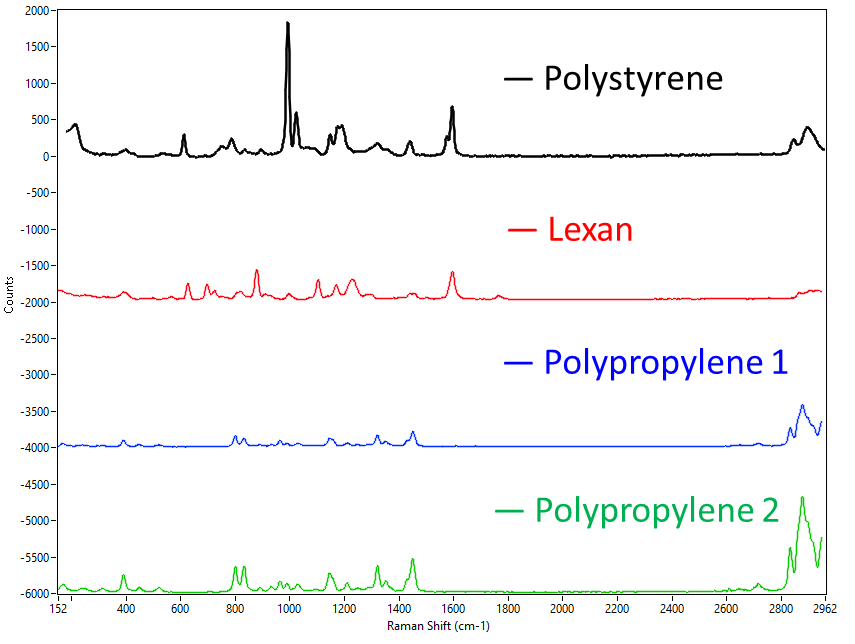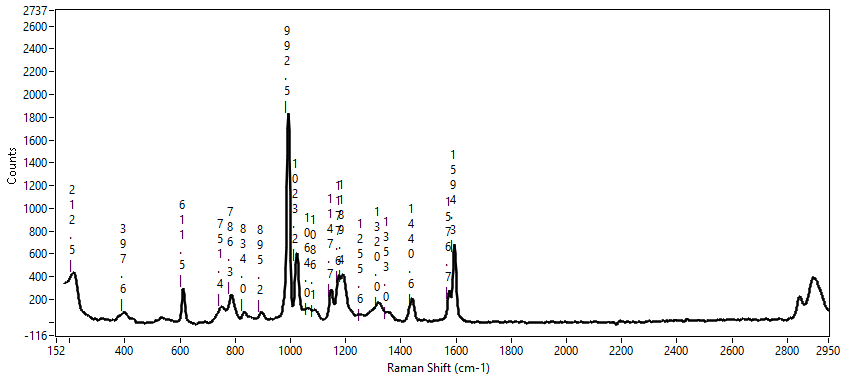Raman microspectroscopy has emerged as an effective analytical method for investigating microplastics in environmental matrices.
Its molecular-level analysis of plastic particles enables researchers to identify polymer types, investigate particle weathering, and evaluate their interactions with surrounding materials.
This article highlights the key applications of Raman microspectroscopy in microplastics research, its benefits and drawbacks, and its contributions to understanding the environmental implications of these pollutants.
Introduction
Microplastics are defined as plastic particles smaller than five millimeters. These small fragments have become commonplace in marine, freshwater, and terrestrial habitats. Microplastics pose a threat to the environment and human health due to their persistence, bioaccumulation potential, and absorption of harmful compounds.
To understand their sources, transportation pathways, and environmental impact, microplastics must be accurately identified and characterized.
Raman microspectroscopy is increasingly popular here due to its high specificity and ability to study small particles directly in complex matrices. It is especially useful in identifying microplastic in water as little to no sample preparation is required.
Principles of Raman Microspectroscopy
Raman microspectroscopy uses the inelastic scattering of monochromatic light (Raman scattering) to extract molecular information from a material.
When light interacts with a material, the majority of photons are elastically scattered (Rayleigh scattering); however, a tiny fraction is dispersed with a shift in energy according to the vibrational modes of the molecules.
These shifts produce a Raman spectrum, which is considered a molecular fingerprint of the sample.
Raman microspectrometers, such as the CRAIC Technologies Apollo M, are designed to collect spectra from microscopic materials, making them ideal for studying microscopic samples.
Additionally, Raman spectra studies are unaffected by water, as opposed to complementary techniques like FTIR spectroscopy. Thus, Raman microspectroscopy is well-placed to investigate microplastic pollution in water samples.

Figure 1. Apollo M Raman Microspectrometer. Image Credit: CRAIC Technologies
Applications in Microplastic Research
1. Identification of Polymer Types
Raman microspectroscopy is commonly used for determining the polymer composition of microplastics.
Researchers can identify the polymer type by comparing the Raman spectra of unknown particles to reference spectra (e.g., polyethylene, polypropylene, and polystyrene). This information is crucial for determining the sources of microplastic pollution and understanding how they degrade in the environment.

Figure 2. Raman microspectra of various polymers are displayed in stacked mode. A 532 nm laser was used with a 4 × 4 μm sampling area. Image Credit: CRAIC Technologies
2. Characterization of Surface Weathering
Environmental exposure causes physical and chemical changes in microplastic particles, including oxidation, fragmentation, and the formation of biofilms.
Raman microspectroscopy enables non-destructive investigation of these weathering processes, revealing information about the aging process of plastics and their interaction with environmental elements such as ultraviolet radiation and temperature.
3. Detection of Additives and Contaminants
Microplastics frequently contain additives such as plasticizers, colors, and stabilizers. These substances may seep into the environment, posing additional risks.
Raman microspectroscopy can detect these additives as well as pollutants adsorbed on particle surfaces, allowing for the assessment of their ecological and toxicological impacts.
4. Quantitative Analysis
When combined with automated particle analysis equipment, Raman microspectroscopy can provide high-throughput quantification of microplastics in environmental samples. This is essential for tracking microplastic quantity and dispersion in a variety of environments, from oceans to soils.
5. Assessment of Nanoplastics
While conventional methods struggle to examine nanoparticles, Raman microspectroscopy, using modern techniques such as tip-enhanced Raman spectroscopy (TERS), can identify and characterize nanoplastics, expanding its application to smaller particle sizes.
Advantages and Limitations
Raman microspectroscopy offers several advantages, including non-destructive analysis, high spatial resolution, the capability to evaluate materials in situ, and, most crucially, the ability to detect microplastics in water samples.
However, it does have some limitations, including fluorescence interference from organic materials and difficulty recognizing specific polymers with weak Raman signals. Advances in equipment and data analysis continue to address these concerns.

Figure 3. Raman microspectra of polystyrene with a 532 nm laser. Image Credit: CRAIC Technologies
Conclusion
Raman microspectroscopy has become an essential method for investigating microplastics in the environment. Its ability to identify and classify plastic particles, even in water samples, gives important information about their origins, degradation, and interactions with ecosystems.
As microplastic pollution continues to be a global issue, Raman microspectroscopy will be crucial to advancing our understanding and devising effective mitigation solutions. Further improvements in sensitivity and accessibility will strengthen its role in solving this critical environmental issue.

This information has been sourced, reviewed, and adapted from materials provided by CRAIC Technologies.
For more information on this source, please visit CRAIC Technologies.